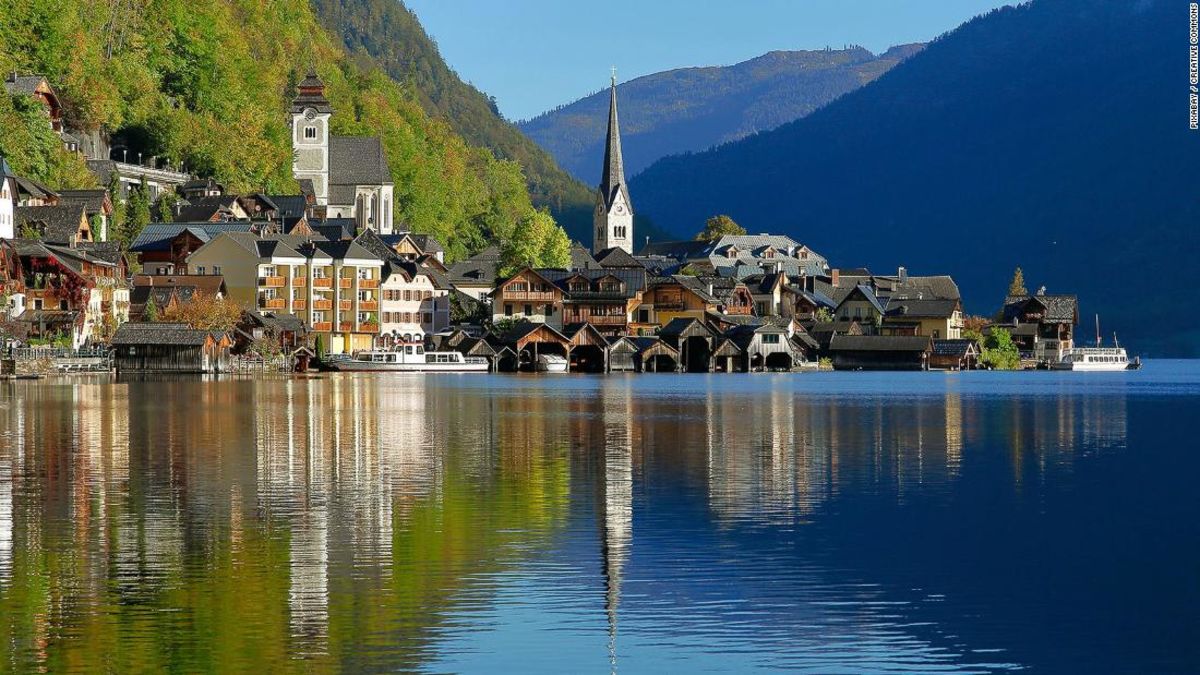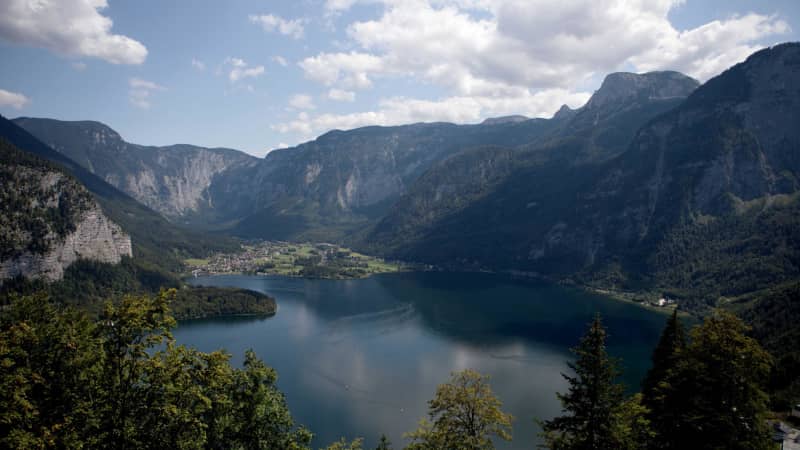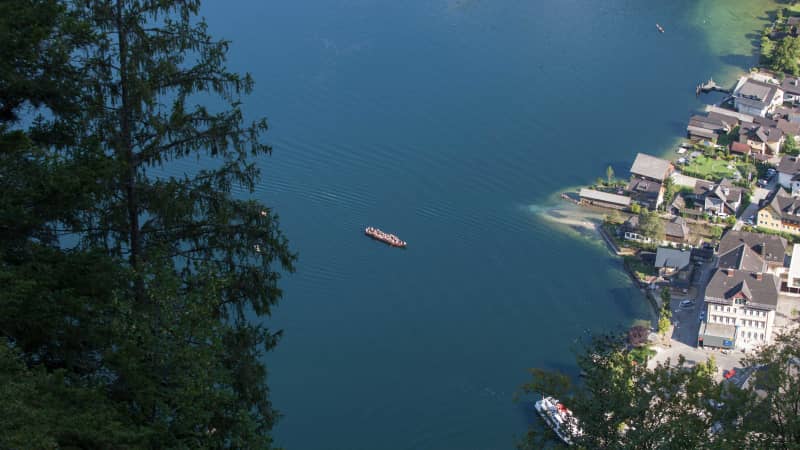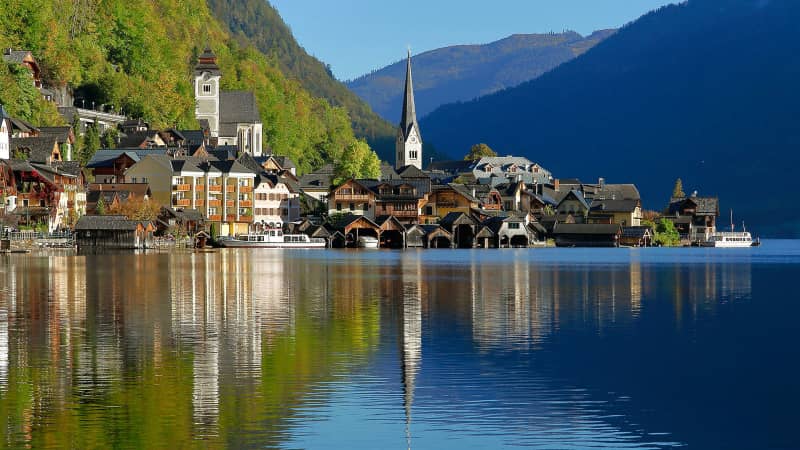Products You May Like
(CNN) — When a restaurant, hotel, street, town or city becomes “Insta-famous,” it seems it’s only a matter of time before overtourism follows behind.
The Alpine village of Hallstatt, nestled in Austria’s Salzkammergut mountains in the district of Gmunden, knows this only too well: a cascade of chocolate-box buildings surrounded by snow-capped mountains and lapped by crystalline water, it’s straight out of a fairytale — and straight off your social media feed.
The population of this UNESCO-protected spot is just 780, but its tourist numbers reportedly reach some 10,000 visitors a day.
Part of its appeal, beyond endless selfie opportunities, is Hallstatt is rumored to be the inspiration for Arendelle, the fictional setting of Disney’s “Frozen” movies.
Fairytale setting
Hallstatt, which was built up around the salt mining industry, first reached widespread prominence in the early 19th century when it was “discovered” by romantic writers and artists, as struck by the beauty of Baroque architecture as the Instagrammers are today.

The Disney movie “Frozen” was supposedly inspired by the beautiful landscape of Hallstatt.
Walt Disney Pictures
Mazurok tells CNN Travel that “photos of Hallstatt, compared to other cities, gather tremendous number of likes and views.”
Knoll says it was Hallstatt getting added to UNESCO’s World Heritage list in 1997 that marked the start of the tourism influx.
“Hallstatt became more and more famous,” she says. “Many new shops, guest houses and attractions opened.”
Social media intensified the growth.
“When someone posts a nice picture of Hallstatt on Instagram, his followers will also probably want to go there,” says Knoll.
She points out the social media effect doesn’t just stem from visitors, Hallstatt’s tourism boards run social-media based advertizing campaigns on Instagram and Facebook.
Reducing tourist numbers
“They had to work to fix the damage and therefore it was better, to have less tourists here in Hallstatt,” says Knoll.
Still, she says, many came anyway. They wanted to see the damage.
“So the mayor [said] officially that it would be great if they don’t visit Hallstatt until the damage is fixed,” she explains.
“The situation with tourism is very controversial. It’s equally a blessing and a curse for the locals,” says Mazurok. “On the one hand they have a large profit from tourism. But it comes at a cost of privacy and comfort.”
Knoll says the local community center is working to address the balance. The first step? Implementing a new bus system in May 2020.
It will, she says, reduce “the number of buses and also the number of guests here in Hallstatt.”
“The buses will book a slot in advance and then they can visit Hallstatt. Buses who have a booking at the town, either an overnight stay, or a ship cruise, a visit in a museum, get preference,” Knoll explains.
Quality over quantity
There have been reports of angry Hallstatt locals feeling driven out by visitors in a manner not dissimilar from the dissent stemming from Venice, Dubrovnik, Amsterdam and other European centers of overtourism.
Knoll lives about six miles from the village, in nearby Bad Goisem, but she has family in Hallstatt, and she has noticed the impact.
“On [the] one hand, many inhabitants of Hallstatt [make their livelihood] from the tourism here. Many of them are working in the tourism sector or rent their private rooms for tourists to stay there,” she says.
“On the other hand, sometimes it’s a bit strenuous to have so many guests in your hometown. Also the prices at supermarkets are more expensive than in other towns nearby.”
The solution, she says, is a focus on “quality tourism,” with the new bus system the first step.





